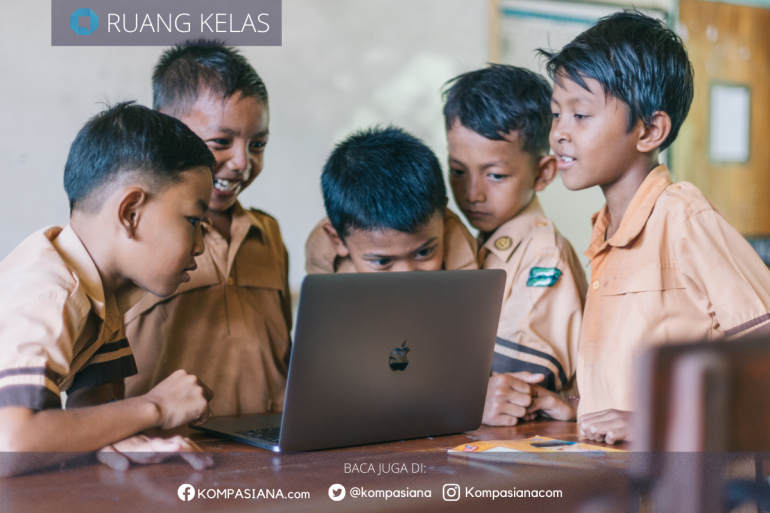TRANSLATION IDEOLOGY
The ideology of Translation is selected based on the translation philosophy, which is already an existing entity within the translator. In simple terms, the ideology of translation effectively exists outside of the text or at the super general level.
- Ideology's Importance in Translating.
Ideology is an essential factor that can have an impact on both the translation process as well as the end result made available to the public. When translating in political situations, taking ideology into account and taking advantage of it might result in errors and represent the power dynamics from a specific point of view.
- Ideology's Function in Translating
In the practice of translating, ideology is crucial. Ideology, which includes both the translator's own ideology and the society's dominating ideology, controls the translation process.
- The Ethics of Translation
Stated by the ethics of translation that, unless obliged by law, the translator must always maintain the confidentiality and privacy of the information included in any paperwork submitted by the client for the intention of translation. All provided information must be kept secret and cannot be duplicated, shared, or published.
TRANSLATION METHODS
Examples of translation techniques are the following:
- Communicative and Interpreting Translation
This technique generally works with simultaneous and consecutive translation and focuses on comprehending and recreating the original text without making major changes. It accomplishes the desired outcomes while maintaining the original goal. Major modifications are not permitted, and neither are the purpose nor the genre.
- Word-for-Word Translation
This technique, which is often known as word-for-word translation, stands out by the precise replication of linguistic components from the source text. There should be no grammatical or stylistic modifications. It should be truly connected to the original's morphology, syntax, and/or meaning. Since maintaining the linguistic structure or formatting of the original material is more important than changing it, the purpose of the translation allows for some adjustments.
- Free Translation
Even if broad meaning is lost, the goal of free translation is to preserve the functionality of the original language. The information must not be altered. It's acceptable to adjust some categories, such as social and cultural context, genre, or communication dimension. These adjustments vary depending on the intended readership (for example, if the material is intended for children), a new title, a different setting, or a personal preference. The simplest way, but it doesn't work for all types of texts; before approaching translation "freely," we must be aware that the categories provided are subject to change at any time.
- Literal Translation
A technique where a text is translated word-by-word, without considering the context of the words as they are employed in a sentence or phrase. When a language is translated literally, its structure is carried over into the target language. A literal translation doesn't offer much in the way of communication.
- Semantic Translation







